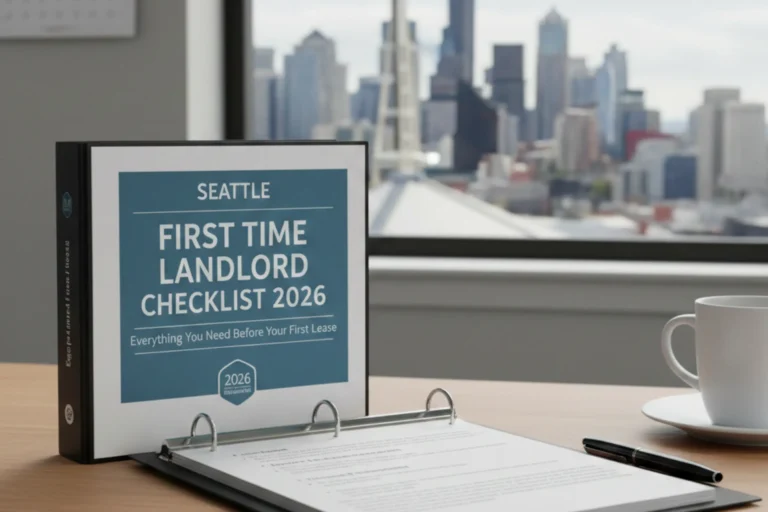If you own rental properties in Washington or are planning to buy, it is very important to understand Washington’s new rental law, which took effect in May 2025 and has a 9.683% rent cap already announced for 2026. These updates are not just small rule changes. They will impact your lease terms, rent increases, financial projections and even what types of properties are worth investing in.
What is actually changing in 2026?
In May 2025, Washington passed House Bill 1217 which created a statewide limit on most rent increases and added several new requirements for landlords.
Here are the most important parts of the law:
- Annual rent increases are limited. You may raise rent by 7 percent plus CPI or 10 percent, whichever is lower.
- The official rent cap for 2026 is 9.683 percent, based on the statewide calculation already published by the Washington State Department of Commerce.
- You cannot increase rent during the first 12 months of a tenancy.
- A 90 day notice is now required for rent increases, instead of the former 60 day period.
- Some housing types are exempt, including new construction that received its first certificate of occupancy in the past 12 years, some nonprofit housing and certain owner-occupied small buildings.
Why this matters to investors and landlords?
1. Your rent growth assumptions need to change
2. Short-term value-add strategies may be affected
3. Exemption status is now a strategic advantage
4. Operations and lease structuring will require more planning
5. Legal risk and compliance issues are increasing
Washington is enforcing this rule at a state level. Violations may lead to fines or forced rent refunds. Attorney General enforcement has already begun for cases over the 2025 cap.
An example scenario
Let’s say you own a 30-unit property in Kent. You planned to raise rents by 12 percent in 2026 to match nearby comps and offset improvements you recently made. Under the new law, the highest increase allowed is 9.683 percent. That difference may not sound huge, but at $1,900 average rent, 12 percent would have meant an extra $228 per unit per month. Now it is limited to around $184. That difference across 30 units is more than $15,000 in annual revenue.
If, however, your building was built in 2016 or later, you may qualify for exemption, which lets you continue with your original 12 percent plan. That is why property age and certificate of occupancy date will now play a bigger role when evaluating future investments.
How to prepare for 2026 and beyond
- Update your financial projections to use the 9.683 percent cap or a more conservative number.
- Sort your units by “cap-subject” vs “cap-exempt” and apply different assumptions for each one.
- Review any leases expiring between late 2025 and early 2026 so you can plan for the 90-day notice timeline.
- If you are buying a property, request the certificate of occupancy date early in due diligence.
- Review your standard rent increase notices and late fee policies to ensure they match current law.
Washington’s 2026 rental law update is a major shift in how landlords can manage pricing. There is still opportunity to earn strong returns in this market, but only if you plan ahead and understand which of your units are subject to the cap, which ones are exempt and how much time you need to give before making rent adjustments.
If you want help analyzing your portfolio under the new rules, reach out to SJA Property Management for a customized rental strategy review that aligns with Washington’s updated laws.
Disclaimer: This information is for general educational purposes only and should not be considered legal or financial advice. Rental laws may change, and individual situations vary. Please consult a qualified attorney or professional advisor before making decisions related to your property or investment strategy.






